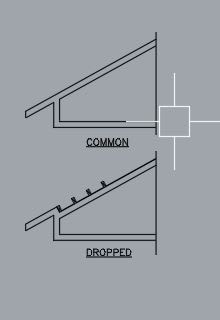E M
Structural
- Mar 15, 2018
- 41
Overkill? Advisable? Necessary?
Follow along with the video below to see how to install our site as a web app on your home screen.
Note: This feature may not be available in some browsers.
E M said:Last week I got hammered for not including enough info in the post title....

